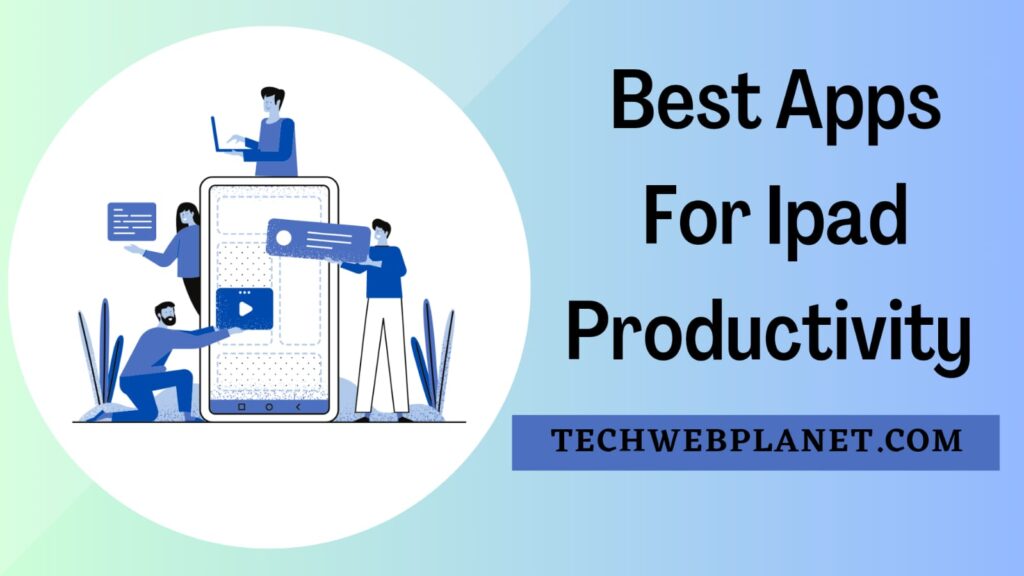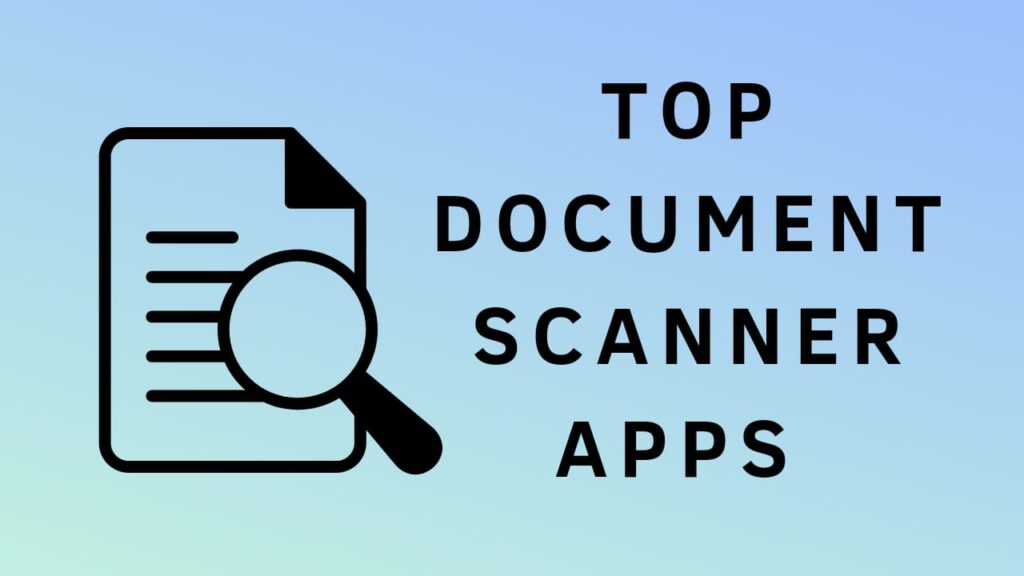Excited to learn German from your home with the help of the app then you have came at right place . In this blog we have listed Best Apps For learning German in detail with help of this apps you can learn German in fast and easy way .
Below Are The Best Apps For learning German Language
Table of Contents
1.Duolingo
Duolingo is a popular language learning app that offers interactive lessons and exercises to help you learn German. It covers vocabulary, grammar, and pronunciation in a gamified format.

Pricing : Duolingo offers a free version of its app, with an optional premium subscription called DuoLingo Plus available at varying prices.
Features :
- Gamified learning with points and levels.
- Bite-sized lessons for convenient learning.
- Personalized learning based on progress.
- Vocabulary-focused approach.
- Skill trees and levels to track advancement.
- DuoLingo Plus subscription for additional features.
- Community engagement and leaderboards.
Pros :
✅Free to use with optional premium subscription.
✅Engaging and interactive learning experience.
✅Wide range of languages available.
✅Convenient for short, daily practice.
✅Mobile app enables learning on the go.
✅Suitable for beginners and intermediate learners.
Cons :
❌Limited speaking and conversation practice.
❌Less emphasis on grammar explanations.
❌Some sentences may feel unnatural.
❌App-based learning lacks cultural context.
❌Not a standalone resource for fluency.
❌Complex topics may lack in-depth explanations.
2.Rosetta Stone
Rosetta Stone is a well-known language learning platform that offers immersive lessons in German. It emphasizes listening comprehension and speaking skills through interactive exercises and speech recognition technology.
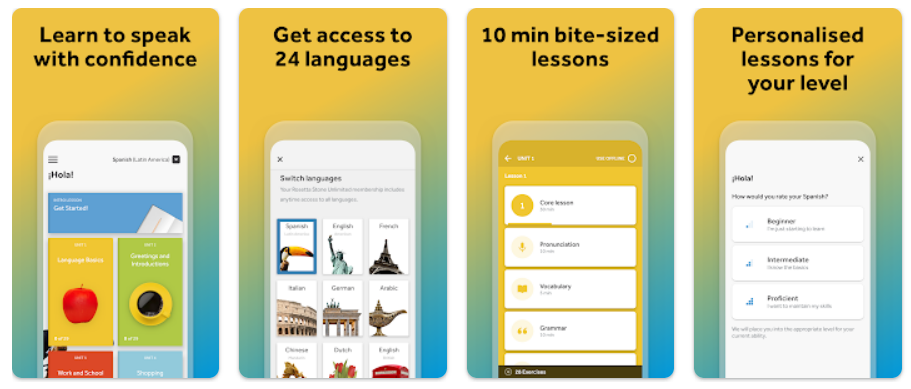
Pricing : Rosetta Stone offers its language learning app with pricing options that include monthly and annual subscriptions, with the cost varying depending on the language and subscription duration.
Features :
- Immersive language learning experience.
- Emphasis on listening comprehension and speaking skills.
- Interactive exercises and speech recognition technology.
- Structured lessons covering vocabulary, grammar, and conversation.
- Cultural insights and real-life scenarios.
- Personalized feedback and progress tracking.
Pros :
✅Focus on immersion and natural language acquisition.
✅Emphasis on pronunciation and speaking skills.
✅Interactive exercises for active learning.
✅Structured lessons with comprehensive language coverage.
✅Cultural insights provide context for language learning.
✅Personalized feedback aids in improvement.
Cons :
❌Expensive compared to some other language learning options.
❌Limited explanation of grammar rules.
❌Less focus on reading and writing skills.
❌Some users may prefer more traditional teaching methods.
❌May not be suitable for learners who prefer a faster pace.
❌Limited availability of less commonly taught languages.
3.Memrise
Memrise uses spaced repetition and mnemonic techniques to help you memorize German vocabulary effectively. It also offers a variety of user-generated content, including video clips from native speakers.
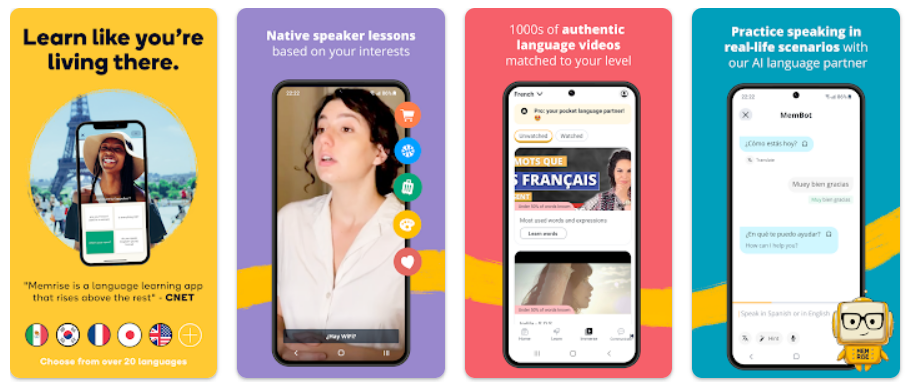
Pricing : Memrise offers its language learning app with both free and paid subscription options, including monthly and annual plans, with the premium subscription providing additional features and content.
Features:
- Spaced repetition technique for effective vocabulary memorization.
- Mnemonic techniques to aid in memorization.
- User-generated content for diverse learning materials.
- Video clips from native speakers for realistic language exposure.
- Interactive exercises for active learning.
- Progress tracking and review sessions.
Pros:
✅Effective vocabulary memorization through spaced repetition.
✅Mnemonic techniques enhance memorization.
✅Diverse user-generated content expands learning materials.
✅Video clips from native speakers improve listening and pronunciation.
✅Interactive exercises engage learners actively.
✅Progress tracking and review sessions reinforce learning.
Cons :
❌Limited focus on grammar and sentence structure.
❌Less emphasis on reading and writing skills.
❌User-generated content quality may vary.
❌Premium features require a subscription.
❌Some users may prefer more structured lessons.
❌Limited availability of less commonly taught languages.
You May Also Read : Best Apple Watch Face Apps
4.Babbel
Babbel is a comprehensive language learning app that provides lessons on various aspects of German, such as vocabulary, grammar, and conversation skills. It focuses on real-life scenarios and offers speech recognition for pronunciation practice.
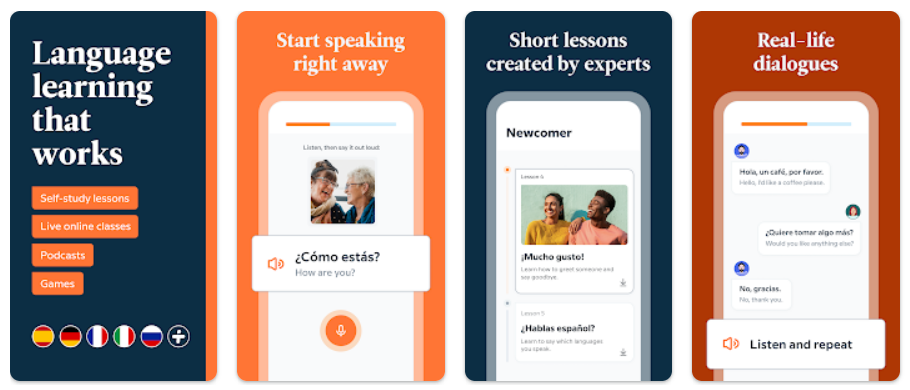
Pricing : Babbel offers its language learning app with subscription options, including monthly, quarterly, and annual plans, with pricing varying based on the chosen subscription duration.
Features :
- Comprehensive language learning app.
- Lessons covering vocabulary, grammar, and conversation skills.
- Real-life scenarios and practical exercises.
- Speech recognition for pronunciation practice.
- Personalized review sessions to reinforce learning.
- Offline mode for learning on the go.
Pros :
✅Comprehensive coverage of language skills.
✅Practical and real-life oriented lessons.
✅Speech recognition technology for pronunciation improvement.
✅Personalized review sessions enhance retention.
✅Offline mode enables learning without internet access.
✅Suitable for beginners and intermediate learners
Cons :
❌Requires a subscription for full access.
❌Limited availability of less commonly taught languages.
❌May not offer as extensive cultural insights.
❌Advanced learners may find the content less challenging.
❌Less emphasis on speaking and conversation practice.
❌Some users may prefer a more gamified learning experience.
5.Anki
Anki is a flashcard app that uses spaced repetition to help you memorize German vocabulary and phrases. You can create your own flashcard decks or download pre-made decks from the Anki community.
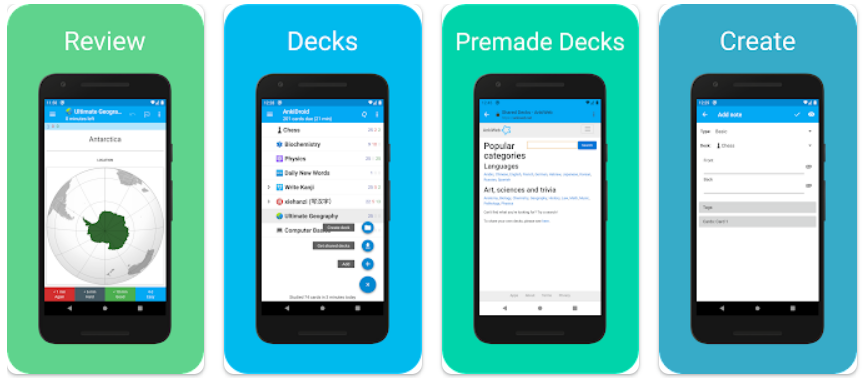
Pricing : Anki is available as a free app for most platforms, including desktop and mobile, offering its powerful flashcard-based learning system at no cost.
Features :
- Flashcard-based learning system.
- Spaced repetition algorithm for effective memorization.
- Customizable flashcard decks.
- Support for multimedia content (images, audio, etc.).
- Cross-platform availability (desktop and mobile).
- Synchronization of progress across devices.
Pros :
✅Powerful spaced repetition system for efficient memorization.
✅Ability to create and customize flashcards to suit individual needs.
✅Support for multimedia enhances learning experience.
✅Availability on multiple platforms allows for flexible learning.
✅Synchronization ensures progress is consistent across devices.
✅Active user community and shared decks for additional resources.
Cons :
❌Learning curve for setting up and optimizing flashcards.
❌Requires self-motivation and discipline to create and review cards regularly.
❌Lack of structured lessons and comprehensive language instruction.
❌Limited interactive features compared to dedicated language learning apps.
❌May be overwhelming for some users due to the user-driven nature.
❌Initial time investment required to create or find high-quality flashcard decks.
6.Yabla
Yabla is an app designed for language learners, offering immersive video-based learning experiences. It focuses on improving listening comprehension and vocabulary through authentic video
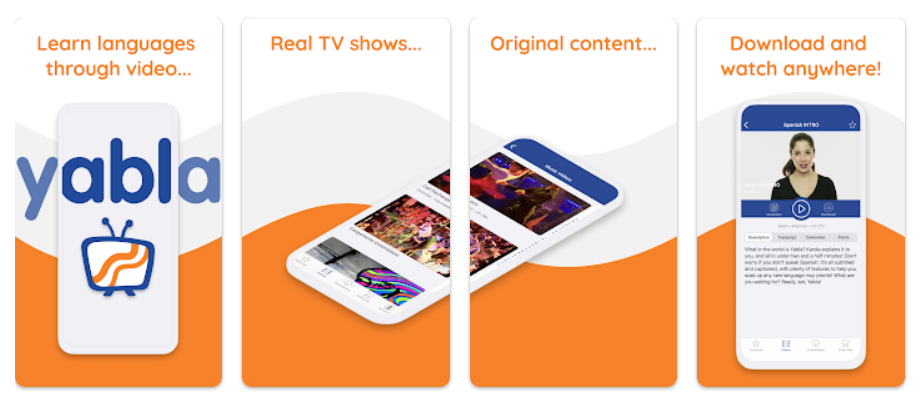
Pricing: Yabla offers its language learning app with subscription options, including monthly and annual plans, with pricing varying based on the chosen subscription duration and language.
Features :
- Authentic Videos: Yabla provides a vast library of authentic videos, including interviews, music videos, documentaries, and more.
- Interactive Subtitles: Users can view dual-language subtitles, which can be customized to display only the target language or both languages.
- Vocabulary Tools: Yabla offers vocabulary lists, flashcards, and games to reinforce learning and expand vocabulary.
- Slow Play and Looping: Users can slow down videos and loop specific sections to improve comprehension.
- Progress Tracking: Yabla tracks progress and provides personalized recommendations for further practice.
- Language Immersion: The app provides an immersive learning environment with real-life content and context.
Pros :
✅Authentic and engaging video content for language immersion.
✅Interactive subtitles aid in understanding and learning new vocabulary.
✅Vocabulary tools and games enhance retention and expand vocabulary.
✅Slow play and looping features help learners grasp challenging parts.
✅Progress tracking and personalized recommendations guide learning.
✅Suitable for learners at various proficiency levels.
Cons :
❌Limited focus on grammar explanations and writing skills.
❌Not as comprehensive for systematic language learning.
❌Availability of languages may vary.
❌Requires a subscription for full access to all features.
❌Limited control over video content selection.
❌Less interactive compared to dedicated language learning apps.
7.Busuu
Busuu is a language learning app that offers interactive lessons, vocabulary practice, and language exchange opportunities with native speakers.
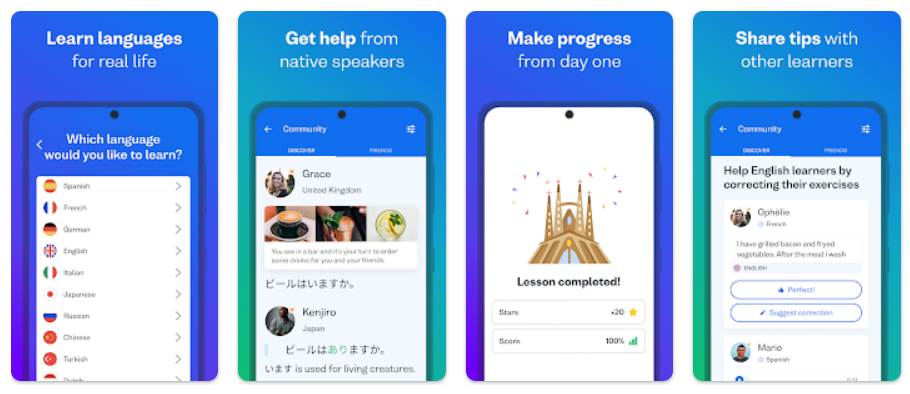
Pricing : Busuu offers its language learning app with subscription options, including monthly, annual, and lifetime plans, with pricing varying based on the selected subscription duration and language.
Features :
- Interactive Lessons: Busuu provides structured lessons covering vocabulary, grammar, reading, writing, listening, and speaking skills.
- Vocabulary Practice: The app offers flashcards and vocabulary exercises to reinforce learning and expand vocabulary.
- Speech Recognition: Busuu’s speech recognition technology allows users to practice pronunciation and receive feedback.
- Language Exchange: Users can connect with native speakers for language practice through written and spoken exchanges.
- Offline Mode: Busuu allows offline access to lessons and materials for learning on the go.
- Progress Tracking: The app tracks users’ progress and provides personalized recommendations.
Pros :
✅Comprehensive lessons covering all language skills.
✅Vocabulary practice and speech recognition improve language proficiency.
✅Language exchange feature allows interaction with native speakers.
✅Offline mode enables learning without internet access.
✅Progress tracking and personalized recommendations guide learning.
✅Available for a wide range of languages.
Cons :
❌Some advanced language features may be limited.
❌Certain languages may have fewer available resources.
❌Free version has limited access to features.
❌Language exchange partner availability may vary.
❌Focus on reading and writing may overshadow speaking practice.
❌Pronunciation feedback may not always be precise.
If you like this blog please comment it will keep motivating and we will try to write better blog & share this blog .
Thanks For Visiting Our Website TechwebPlanet








